Fins down, two of the coolest animals ever – but they probably don’t think much of each other. Alongside killer whales, false killer whales, pygmy killer whales and polar bears, a number of shark species have been confirmed as dolphin predators.
And it’s not all peachy for sharks either – dolphins often compete with them for food like fish and squid. But, did you know, there are around 950 different species of shark?! And while many will scavenge from dolphin carcasses, there have been just five categorised as most likely to actually hunt them.
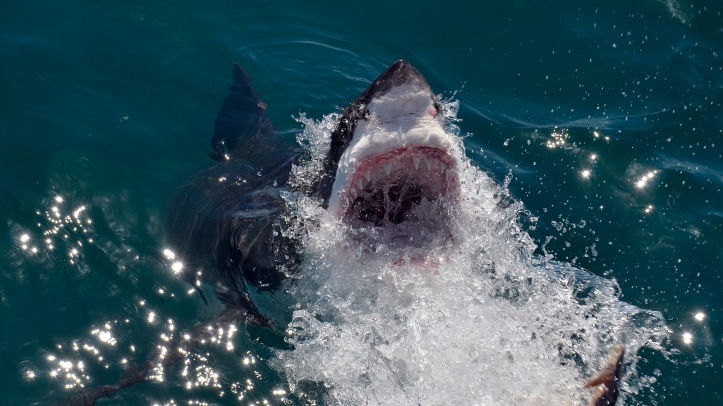
Great Whites (Carcharodon carcharias)
Probably no surprises here. White sharks are the largest predatory fish in the sea and have been documented taking prey as large as beaked whales (which grow between 4 and 13m)! In South Australia one study found dolphin remains in 44% of great white stomachs, indicating that dolphins are their primary prey in this location.
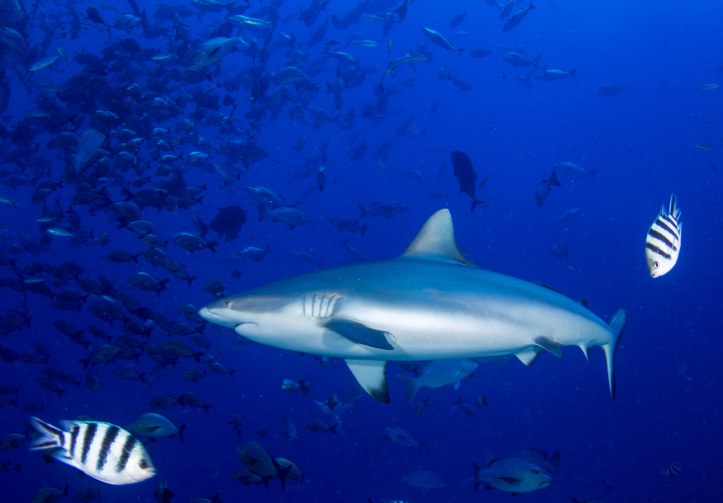
Bull Sharks (Carcharhinus leucas)
One of the only sharks to attack prey larger than itself, analysis of dolphin scars has revealed that bull sharks are smaller than both white and tiger sharks when they begin attacking dolphins.
Due to their incredible tolerance to fresh water, bull sharks may be one of the few predators of river dolphins too. They’ve been found as far as 4000km away from sea in the Amazon River!
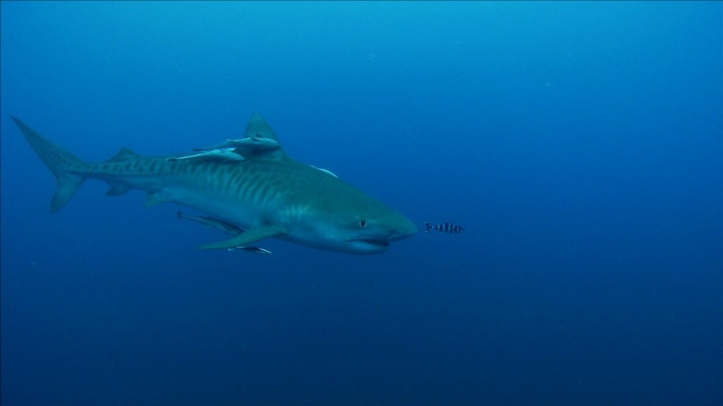
Tiger Sharks (Galeocerdo cuvier)
Tiger sharks are confirmed predators of dolphins in a number of parts of the world, including Shark Bay, Western Australia (appropriate).
In fact this Shark Bay group of dolphins may face the greatest predation by sharks anywhere, with 74% of them exhibiting shark bite scars and wounds. An attack rate this high indicates that dolphins here will receive more than one shark attack during their lifetime!
While tiger sharks are the most common shark species in Shark Bay, it’s still uncertain what percentage of these attacks they’re responsible for.
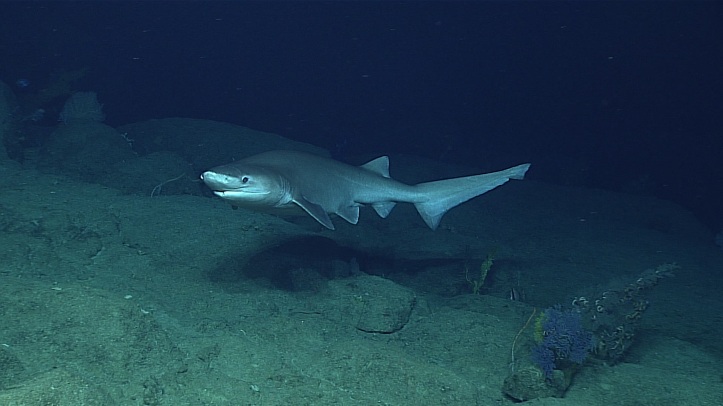
Sixgill Shark (Hexanchus griseus)
These are huge deep-water sharks, growing up to five metres and swimming as deep down as 2000m. Despite this, they’re considered active dolphin hunters with a South African study finding dolphin remains in 18.2% of sixgill shark stomachs.
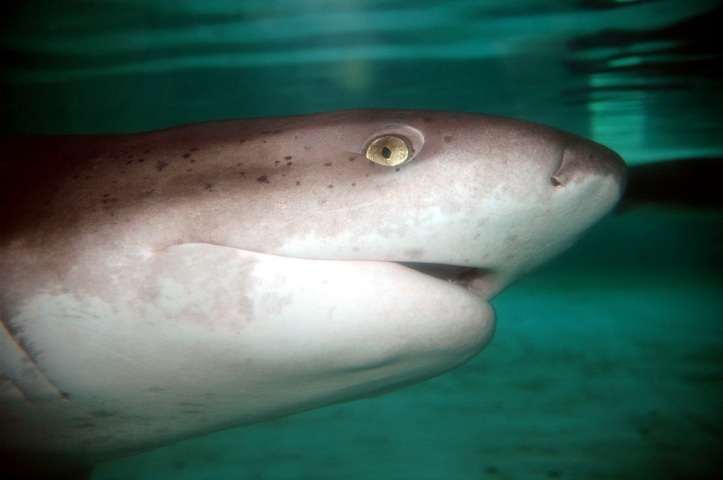
Sevengill Shark (Notorynchus cepidianus)
Despite a smaller size (around 3m) some specialised hunting tactics mean sevengill sharks are also capable of catching large, fast-swimming prey – such as dolphins.
They’re incredibly stealthy and will glide up to prey with minimal motion so as to go undetected until the last minute. They’ll also hunt in groups! Together they can surround larger prey with individuals dashing in to take bites.

BONUS SHARK – The Cookie Cutter Shark (Isistius brasiliensis)
Another shark that loves to snack down on dolphins – in moderation. Using it’s sharp teeth and a spinning motion, cookie cutters are able to rip out perfectly circular chunks of flesh before retreating back into the deep sea.
So successful is their strategy that almost 100% of spinner dolphins in Hawaii exhibit these circle scars, which can be found anywhere on the body except the appendages.
Technically an ecto-parasite of dolphins, the cookie cutters are thought to lure cetaceans in by mimicking squid.
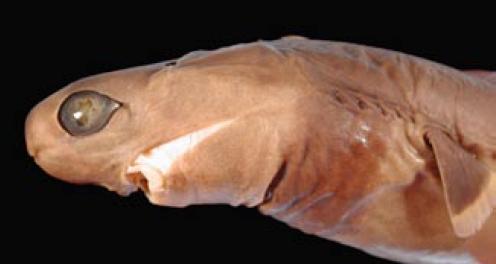
And that’s a wrap! Got questions? Got fun facts? Let me know in the comments!
References:
Heithaus, M. R. (2001). Predator–prey and competitive interactions between sharks (order Selachii) and dolphins (suborder Odontoceti): a review. Journal of Zoology, 253(01), 53-68.
Heithaus, M. R. (2001). Shark attacks on bottlenose dolphins (Tursiops aduncus) in Shark Bay, Western Australia: attack rate, bite scar frequencies, and attack seasonality. Marine Mammal Science, 17(3), 526-539.
Excellent and interesting as always, but do polar bears prey on dolphins?
I may be wrong but I thought mainly seals.
Finbar.
LikeLike
Thank you! 🙂 You’re right, seals are definitely their preferred prey but recently scientists have spotted them hunting dolphins – thought to be a consequence of the Arctic warming, see here: https://www.theguardian.com/environment/2015/jun/12/polar-bears-eat-dolphins-as-arctic-warms
LikeLike
[…] hunting tactics mean sevengill sharks are also capable of catching large, fast-swimming prey – such as dolphins and fur […]
LikeLike
dolphins are weaker than I thought! In shark’s eye, dolphins are nutritious meals.
LikeLike
🙂
LikeLike